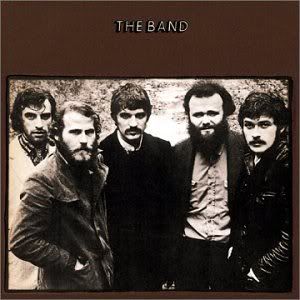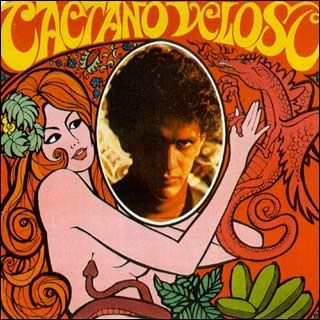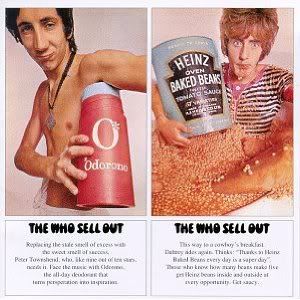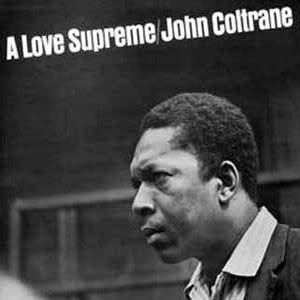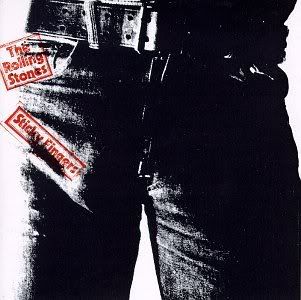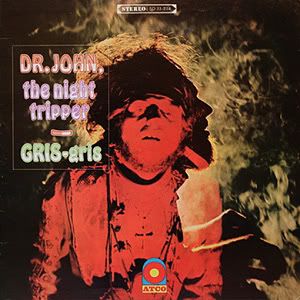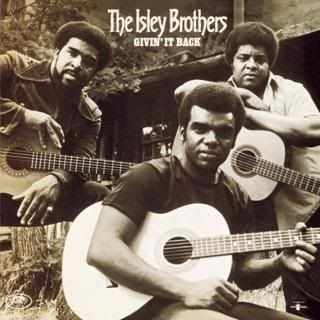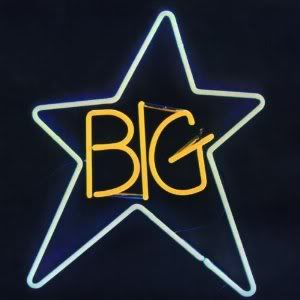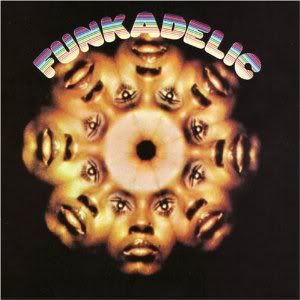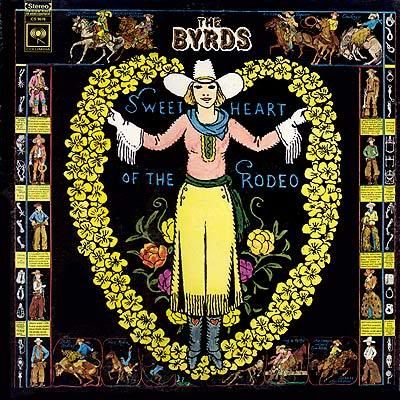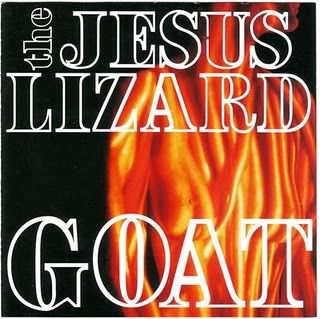
Artist: Jesus Lizard
Album: Goat
Label: Touch & Go
Year: 1991
The Jesus Lizard, and certainly Goat specifically, stand out in so many important ways. Members of the group had been veterans of the 1980s underground and in bands like Scratch Acid and Rapeman, but with the popularity boom in the early 1990s, and some other record that also came out in 1991 (...), the underground was poised, and would, creep into the mainstream (or at least...not so underground) in a lot of ways. And while the Jesus Lizard certainly, intentionally or not, were able to capitalize on the burgeoning popularity of indie/punk rock music, their impact, relevance, and quality, are still a product of their uncompromising style (at least early on), and the way they didn't follow trends early on.
Goat isn't an incredibly original album, especially by the standards of members of the group. David Yow had already shrieked like a maniac in Scratch Acid, and Texas-style hard rock guitar and a pulsating rhythm section had already been a product of the music members of the band had made. What makes Goat stand out though, even within the rest of the Jesus Lizard catalog, is the album's cohesiveness and sense of purpose. "Then Comes Dudley" is like a fucking atom bomb, that features a minute-and-a-half of two verses and two bridges before the vocals even come in. Whereas Head, their first album, wastes no time for the first song to get-going, Goat is patient. For the first time there is actually kind of discipline in the music. Now that's not to say it's tame or even restrained in any way, though. The songs ends with Yow's signature chaos. The next song, "Mouth Breather" is also prone to chaos, and it's not surprising that Yow's mania is central to the album. In "Seasick" he screams "I can't swim!" and in "Lady Shoes" he sings about jacking off on pianos. While Yow is 100% on point throughout the whole album, the band is in top form as well, and plays some of their best stuff.
The slide guitar that plays throughout "Nub" is one of the most ferocious moments in the band's career. The opening chords right before the pummeling bass in "Monkey Trick" are vicious, as is the lead guitar line. And as verse's end, the music underneath Yow's screaming of "What are we doing inside" are mesmerizing.
Everything is in your face on this record. The instruments are clear and vicious and as usual, it feels like Yow is going to jump through the speakers and grab you. In the decade where Brit-Pop really took off and in the aftermath of The Smiths decline there was little great rock from the UK, and real rock and roll in the states was seen as stadium schlock AOR crap from Pearl Jam and Smashing Pumpkins, Jesus Lizard were one of the last bands to do what they did on such a large stage. Not until Mclusky would emerge years later with an obvious nod to Jesus Lizard would a big band on a real indie label be playing such great kickass rock and roll. Goat is the high point of the Jesus Lizard's music, and in just 30 minutes, you have one of the best records of the 1990s.
